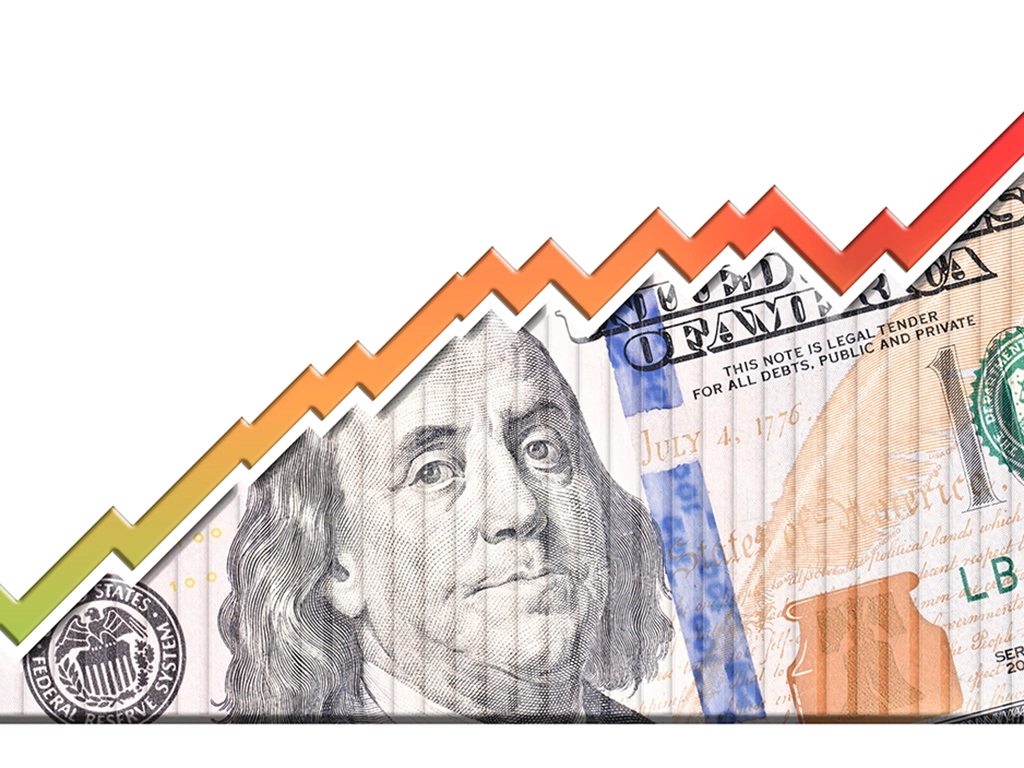Imagine a herd of zebras. This is what consumers see when they search for an HVAC service provider, a bunch of zebras that all look the same. Choosing who to do business with becomes an act of near randomness, where price is the only quantifiable differentiator. In the book, "Different,” by Harvard professor Youngme Moon, she calls this "Competitive homogeneity"; over time, all competitors in a market copy each other to the point that they collapse onto each other.
A company's business brand is the opportunity to stand out from the herd. A brand is NOT your logo, your colors, your truck wraps, your billboards, your marketing campaign, or the children's baseball teams you sponsor.
A business brand is about differentiation and the unique identity your business has in the minds of all of its stakeholders. A brand is all the attributes that define the value you deliver through the entire customer experience. A brand is what you do, how you do it, and why you do it. Most importantly, a brand is not what you say you are, it's what you actually do and how you make customers feel.
Brand Starts Inside
Defining your company's brand is an inside job first. It starts by defining your core ideology and indoctrinating every one of your employees. Your core values and your core purpose make up your core ideology.
Core Values
We have all been told for years that a company needs core values. The reality, however, is that core values often fail to accomplish their intended function of defining what excellent behavior looks like for your people and how your company's culture is different from other companies.
There are three typical problems with core values: generic, squishy, or not codified into the execution of the business.
Generic values are "me too" values that many other companies have. Values like teamwork and integrity. Great core values differentiate you from other companies and tell current and prospective employees how you are different. Great values attract the people you want and repel the people you don't want. Core values are the foundation of differentiating who you are as a company.
Squishy values are words that will be defined differently by everyone who sees them. Great core values define the specific behaviors your employees will demonstrate.
For most companies, core values are merely words on a wall or a piece of paper. Ask company leaders what the company's core values are, and they will rarely know them by heart. Great core values are codified into every aspect of the business: hiring, orientation, rewarding, recognizing, coaching, and firing.
Core Purpose
Simon Sinek's famous Ted Talk, "How Great Leaders Inspire Action," teaches us about the "Golden Circle". If you haven't watched this Ted Talk, right after you read this article go watch it.
Sinek posits that most leaders and companies focus on what they do; we maintain, repair and replace HVAC systems. Great leaders start with WHY they do what they do, then move to the HOW, and finally to the WHAT.
Core Purpose answers the question of why your company exists, and it is a far greater call than simply to “make money.” Some examples:
Disney - To make people happy
3M - To solve unsolved problems innovatively
Southwest Airlines - To connect people to what is essential in their lives
According to Jim Collins, Core Purpose:
1. Must inspire those inside the company.
2. Has to be as valid to those in the company 100 years from now as it is today.
3. Needs to encourage thought as to what you could be doing but are not doing at the moment.
4. Provides clear direction, including what you should not do.
5. Must be authentic to your company.
Core values and core purpose are a company's internal ideology. They define who you are as a company and why you exist.
After defining and codifying an internal ideology, you can translate this externally to your customers.
Target Market
Great brands aren't all things to all people. Great brands are exclusionary and build a value proposition to serve a specific target market. This involves tradeoffs that create both raving fans and haters. Lululemon sells exercise pants for $125. For many, this sounds crazy. For those who think this is crazy, Lululemon would say, "We didn't build it for you." Lululemon has a community of raving fans who purchase their products over and over.
Make a list of the customers with whom you are most successful and customers who are your most profitable. What are the common characteristics of these customers? Define their geographic, demographic, and psychographic characteristics.
Geographic - Where do you live, work and play?
Demographic - Qualities like age, income, stage of life.
Psychographic - What they value, what is important to them.
This becomes your target market. Focus your brand on your target market and don't worry about those outside of that. If there aren't customers who you can't say, "We didn't build it for you," then your target market is not well enough defined.
Unique Hows
The second circle of Sinek's Golden Circle is How. What are your unique Hows? How do you deliver your service in a way that is different from your competitors?
Youngme Moon wrote, "Well roundedness is the enemy. Lopsidedness is the goal." You don't need to be great at everything; be great at what your target market values are. A great way to discover your unique hows is to ask your target market why they love doing business with you.
Discover Strength, a personal training and fitness company: Evidence-based, Efficient, and Expert, Educated trainers.
Zappos: Core values on the outside of the box, return label on the inside of the box, one-year no questions asked return policy.
Brand Promises
Your brand must consistently deliver a few promises that attract the right kind of customers. The brand promises must be significant and different in the eyes of your target market customers.
What problems do you solve for your customers? "People don't want to buy a quarter-inch drill. They want a quarter-inch hole," said Harvard Business School marketing professor Theodore Levitt. This analogy highlights the importance of understanding customer needs. The point is that customers don't buy products for the sake of the product. They are “hiring” the product for a job they need done. In the case of the drill, they're “hiring” it to make a hole in their wall, not for the sake of owning a drill. The trickiest thing with selling the hole is selling what's most accurate to your brand.
Brand promises to translate your unique hows into the eyes of your target market customer. What unique value will they get by doing business with you?
Southwest Airlines: Low fares, Lots of flights, Lots of fun, No Change Fees.
McDonald's: Speed, consistency, fun for kids. McDonald's is a great place to quickly feed your hungry kids, but probably not where you will take a first date.
Stand apart from the Herd
In the end, a brand is not just what a company says it is; it's what it consistently demonstrates through its actions. It's about embedding the brand into every facet of the business, from hiring practices to customer service protocols. It is how customers feel when they do business with a company. By doing so, companies can truly stand out from the herd, forging meaningful connections with customers and charting their own path to success. So, as you navigate the competitive landscape, remember: your brand is your most powerful asset—nurture it, embody it, and let it guide you to greatness.
Ryan Kalmbach is the CEO of Johnstone Orion Distribution with 12 locations and 125 employees in California. He has more than 20 years of experience in operating a family distribution business. The core passion at The Orion Group is to partner with its customers and employees to help them to grow. Contact Ryan at https://www.powerofjsog.com/.






